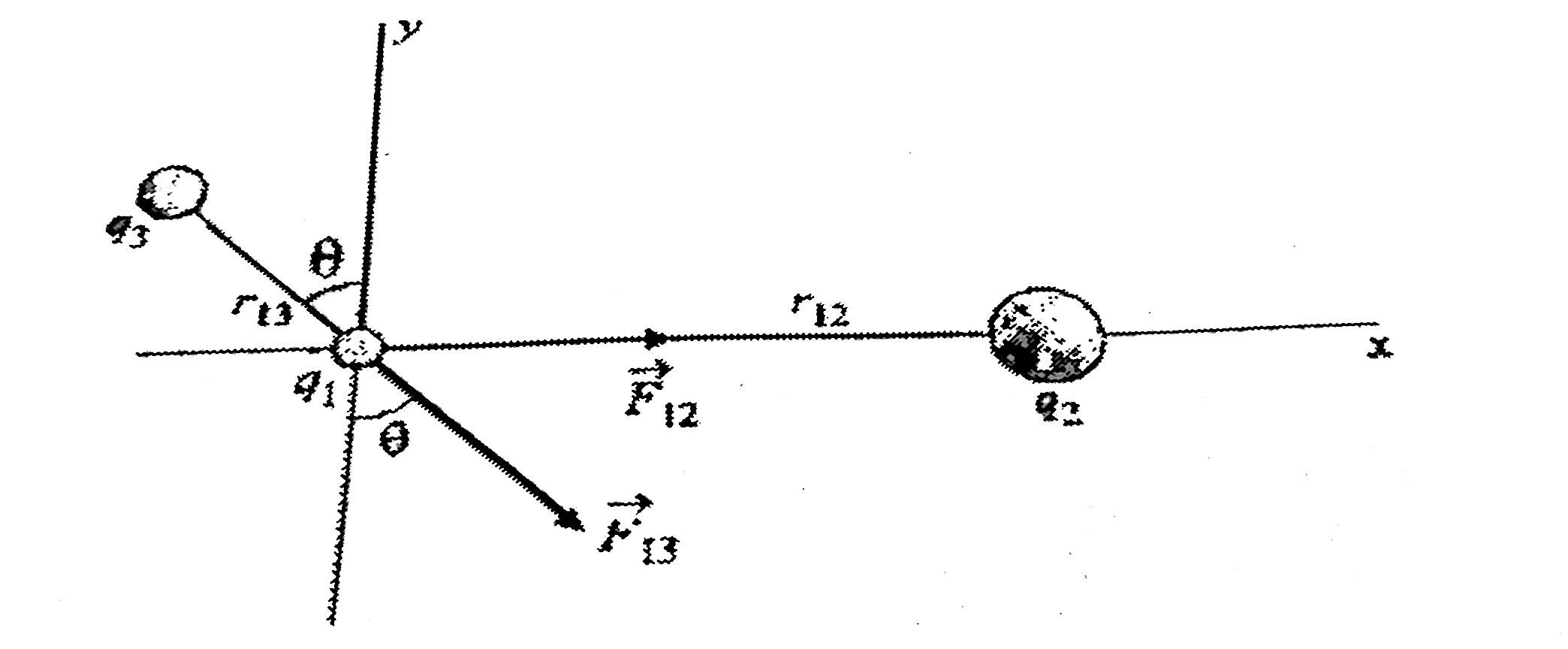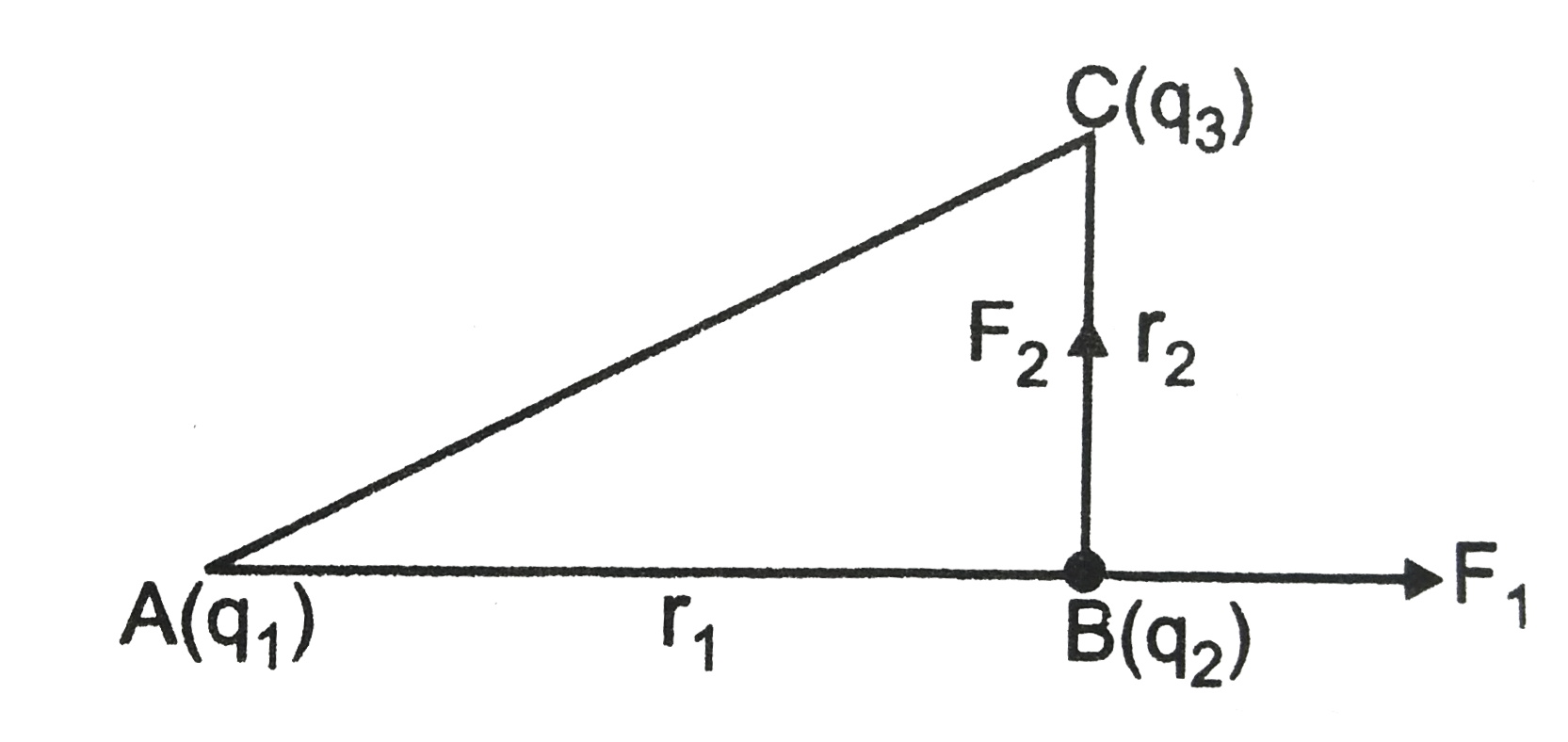What does (q1+q2)=0 signify ?
q1+q2=0,q1=−q2. Such a system of point charges is called an electric dipole. It is a pair of equal and opposite point charges separted by a small distance.
Similar Questions
Knowledge Check
What does 'D' and (+) signifies in D-(+)- glucose?
AD represent confirmation and (+) represents the laevorotatory nature of moleculeBD represent configuration and (+) represent the dextrorotatory nature of moleculeCD represent confirmation and (+) represent the dextrorotatory nature of moleculeDD represent configuration and (+) represent the laevorotatory nature of moleculeWhat does 'D' and (+) signifies in D - (+) glucose?
AD represents conformation and (+) represents the laevorotatory nature of molecule.BD represents conformation and (+) represents the dextrorotatory nature of molecule.CD represents configuration and (+) represents the laevorotatory nature of molecule.DD represents configuration and (+) represents the dextrorotatory nature of molecule.
Is the force acting between two point charges q1andq2 kept at some distance in air, attractive or repulsive when:
(i)q1q2>0
(ii)q1q2<0
View SolutionElectric force between two point charges q1 and q2 at rest is F. Now is a charge −q1 is placed next to q1. What will be the (a) force on q2 due to q1(b) total force on q2 ?
View SolutionIf "q1+q2=q" ,then the value of the ratio "q1q" ,for which the force between q1 and "q2" is maximum is
View SolutionWhen two charges q1andq2 are kept at some distance apart, force acting between these charges is F. If a third change q3 is placed quite close to q3 is placed quite close to q2 what will happen to the force between q1andq2 ?
View SolutionThree charges q1,q2 and q3 are shown in figure . Determine the net force acting on charge q1 . The charges and separation are given as q1=−1.0×10−6C,q2=+3.0×10−6C, and q3=−2.0×10−6C,r12=15cm,r13=10cm and θ=30∘.

View SolutionIn Fig., the four particles fixed in palce and have charges q1=q2=+5e,q3=+3e and q4=−1e. Distance d=8.0μm. What is the magnitude of the net electric field at point P due to the particles ?

View Solution

